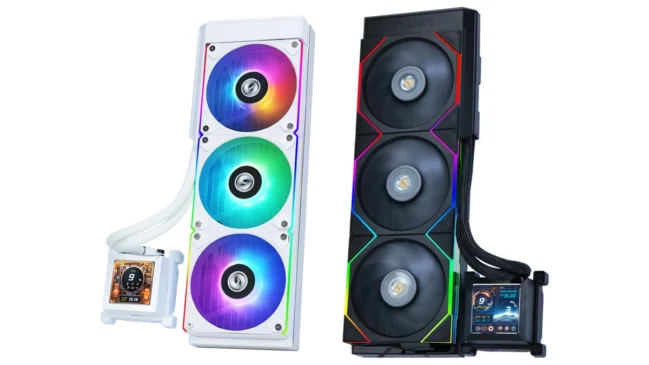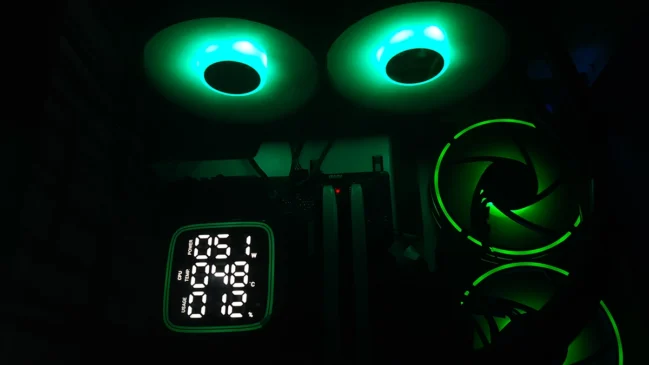
Intel, during its presentation at CES 2020, teased about the inclusion of new Thunderbolt 4.0 in the new lineup of its mobile processors. Intel announced Thunderbolt 4 will first be supported by its upcoming Tiger Lake mobile processors, slated to debut at some point in 2020, along with other technological improvements.
The new technology is reported to appear on selected laptops towards the end of this year, including Intel’s own lineup of laptops, Intel Project Athena, a program made to encourage more innovative laptop designs that fit the modern lifestyle. The exact dates for its release has not been announced yet, but Intel has released developer kits and certification testing for manufacturers and has announced the Thunderbolt 4 8000 series controller, which will work with all current Thunderbolt 3 PCs and similar devices. The series will begin with JHL8540 and JHL8340 host controllers for computers, and the JHL8440 device controller for accessories.

Performance:
In terms of performance, the Thunderbolt 4.0 speeds, to everyone’s surprise, will not be any faster than its predecessor Thunderbolt 3.0. One of the major advantages of Thunderbolt 3.0 was its capability of maximum capable throughput of 40 Gbps. For some time Thunderbolt 4.0 was believed to have four times the speed of Thunderbolt 3.0, prompting many to expect an 80Gbps bandwidth for Thunderbolt 4, but later Intel clarified that it would be four times faster than USB 3.2 Gen 2, which has a maximum speed of 10Gbps. Hence, Thunderbolt 4 will operate at a maximum throughput of 40Gbps. However, some performance boost can still be seen as one of the updates Intel has made is requiring Thunderbolt 4 to support PCIe bandwidth speeds of 32Gbps, twice what Thunderbolt 3 supports. Tasks involving data retrieval and storage could appear noticeably sped up as the SSDs nowadays use PCIe connections.
Features:
In the features sector, Thunderbolt 4.0 packs numerous new ones. It will retain the support of enabling external graphics cards and providing Ethernet network access likewise to Thunderbolt 3.0. Moreover, it will have Double minimum video data requirements compared to Thunderbolt 3. This will allow support for two 4k displays or an 8k display if necessary, support for docks with up to four Thunderbolt 4 ports, wake feature that allows the computer to wake up on the touch of the keyboard or the mouse when connected to the Thunderbolt dock (which was a major issue among users of Thunderbolt 3.0) and protection against DMA or Direct Memory Attacks, a type of hack that taps into high-speed data connections on computers and steals data that passes through, recently highlighted in the enormous Thunderspy vulnerability.






